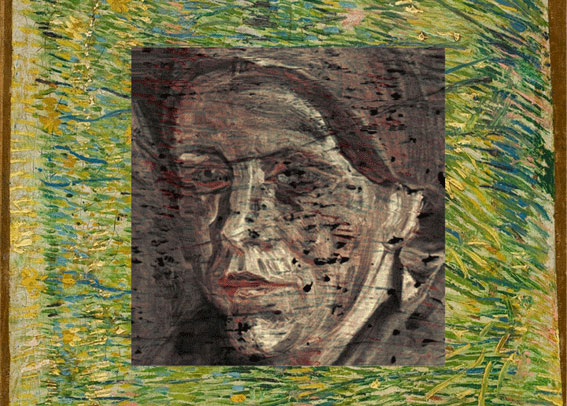Closing Remarks

I long so much to make beautiful things. But beautiful things require effort—and disappointment and perseverance." - Vincent van Gogh to Theo van Gogh, October 22, 1882.
Research, Truth, and Disappointment
In this Lesson, we have started to move from the theoreticals of strategy and into the realities of research and testing and learning things about the offering that no other organization in the world may know. It is these specific research efforts which can create meaningful organizational knowledge of the kind which is not found in textbooks or the boilerplate slide decks of consultants. The early-phase research you conduct on an offering is unique to your organization. At this point in time, it is likely no one holds more practical knowledge on this specific offering than your team.
But, many times, the first round of research will result in more unknowns than when you first started. As the unknowns expand, it can be easy to lose sight not only of the core proposition and strategy of the offering, but the research itself. In view of the overall project, the research phase can be both exciting and depressing for many of the same reasons: you are finally gaining real data on the offering, but rarely are all signs wildly positive. There are areas of further research, areas which are still unclear, and some of these areas may be crucial to the viability of the offering. It can indeed feel as if the research is being dragged down further and further into the unknown.
Take a breath.
You'll be fine.
Remember the Insight Mindset. Chant it if need be. But, remember that things shouldn't be clear at this point. Promising projects will have more questions than answers in early phases. Every result is a victory, and brings us closer to truth and innovation. The only way to continue to gain results and data is to continue to research and try to find the overall storyline of the offering.
Which brings us to the van Gogh at top. That portrait of a woman is not superimposed over the painting of a grassy meadow, van Gogh actually painted "Patch of Grass" over the portrait of the woman. This would not be the only time van Gogh would paint over complete works, in fact, it is estimated that up to a third of his known works are painted over his earlier works.
Even as a frustrated and resource-constrained artist in need of more canvasses on which to paint, in his letters, van Gogh would go on to say:
"I've just kept on ceaselessly painting in order to learn painting."
He saw it not as a destruction of earlier works and efforts, but an act of continuous learning and evolving his craft. We should all aspire to be able to destroy our earlier works while embracing it as an opportunity to learn.
As we begin creating more and more advanced versions of the offering, it is important to know that frustration is inevitable, results will be unclear, and questions will multiply.
Like painting, take some solace in the fact that if it was easy, everyone could do it.
Creating a Path Into the Unknown
To refresh ourselves, our goals specifically for this Lesson are to:
- create a well-structured plan for insight research as a basis to substantiate innovation opportunities;
- discern the strengths and weaknesses in various research methodologies, as well as the stages of concept development in which they are most appropriate;
- articulate the insight mindset, as opposed to a "project ownership" mindset.
To this end, this week's Case will pick up where we left off last week, and will take the next step by framing the types of insights we seek to gain in our initial research effort.